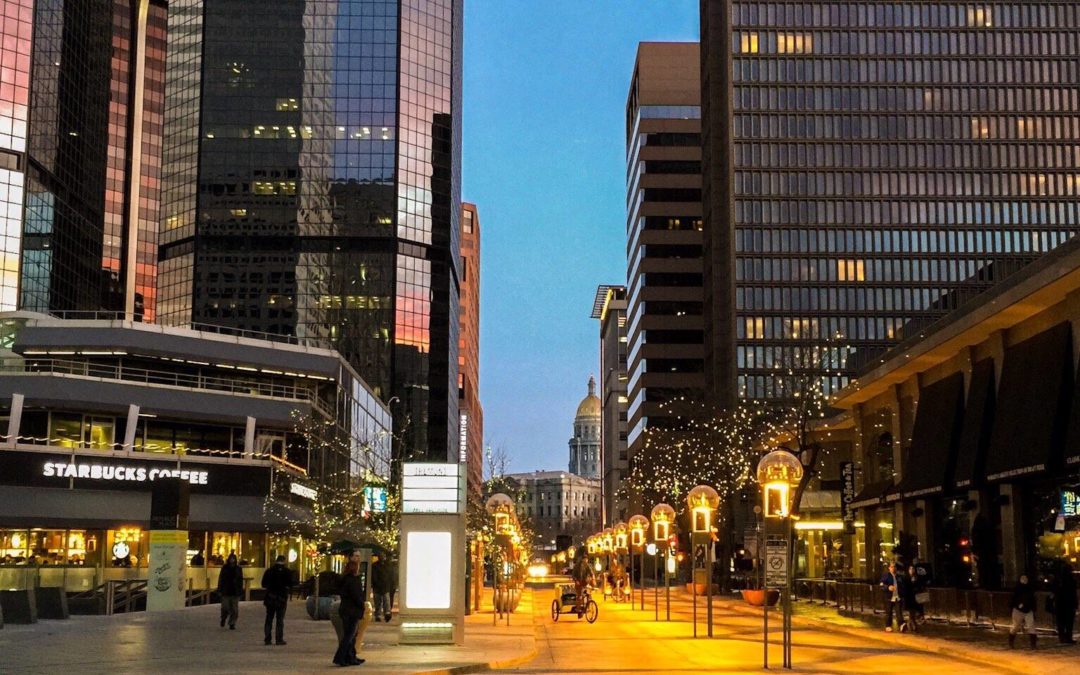I wrote in a my last column in this publication about a coming downturn and the end of the economic expansion. I suspected nearly a year ago a downturn was coming. I just couldn’t pinpoint a likely cause.
I never would have guessed in a million years a downturn would be caused by a pandemic or the extent of the damage the outbreak would cause. Now another question arises: Where do we go from here?
I initially believed the United States had been able to avoid a pandemic for a century. But I conducted some research and discovered there was a short-lived pandemic in 1957 and 1958 related to the Asian flu. The pandemic was short-lived and the economic effects limited because a vaccine was developed within six months.
That takes me back to the original question: Where do we go from here? The answer hinges on how long it takes to develop a vaccine. Even if a vaccine is developed quickly this year or next, the coronavirus pandemic has inflicted major effects on the economy and society that will stick with us for generations.
Consider, for example, office space. We’ll either need less space because companies have discovered employees remain productive working remotely, more space to accommodate social distancing or the same amount because the outcome will end up somewhere in the middle. I suspect there’ll be an uptick in productivity with a combination of remote and office work, whichever makes the most sense for each particular situation. Employees who feel sick enough to know they shouldn’t go to the office for fear of infecting others, but not sick enough to skip work, will power through at home. I also foresee companies relocating their offices in the suburbs to reduce rental costs and move closer to employee homes.
The outlook for retail could be far different. The pandemic probably accelerated the emphasis on home delivery. Plus, closures created a hardship from which many retail businesses will find difficult to recover. I expect to see more store closures as well as consolidations of remaining retailers so we’ll end up with one or two players in each category. This will leave excess retail space available on the market, which will take several years to absorb. Big box centers and malls could be converted to apartments, distribution centers or storage.
Restaurants definitely have their work cut out for them after being closed for months. That’s not to mention the restrictions under which they now operate — or the threat of more closures if the pandemic worsens. That being said, I’m surprised and impressed at the resilience restaurants have displayed. These folks know no other way than scrabbling and hard work. The expansion of chain restaurants has been put on hold, and that probably won’t change until a vaccine is available. Fast food restaurants with drive-thru service are doing well, though, so the outlook for the industry depends on the type of restaurant.
These are strange times and some things might never be the same again. As the saying goes: This too shall pass. But probably not overnight. There’ll be winners and losers through no fault of their own.
Where do we go from here? Will the recovery be like with the letter V with a sharp drop and rapid rebound? Will the recovery be more like a U with an extended bottom then rise? Or will it be a W with two dips caused by a resurgence in the pandemic and additional closures? Worse, will the recovery resemble an L with a sharp drop followed by an extended flat line?
Perhaps the recovery will be more like a swoosh with a sharp drop and then a slow recovery over many years. Or maybe the recovery will look like a reversed square root symbol in which the economy drops sharply, rises temporarily because of government stimulus and then flattens due to job losses and an ongoing pandemic.
Whichever shape recovery takes, we will come out of it. But we’ll forever be touched the coronavirus pandemic. How we deal with it will determine how we remember it.
